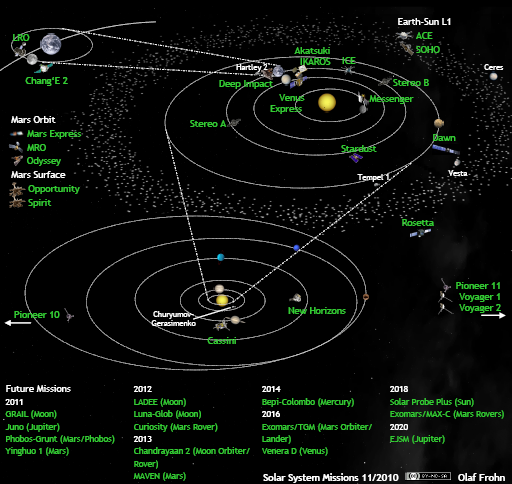But in terms of holding onto quantum entanglement it’s beaten hollow by the humble Robin, according to Wired:
European robins may maintain quantum entanglement in their eyes a full 20 microseconds longer than the best laboratory systems, say physicists investigating how birds may use quantum effects to “see” Earth’s magnetic field.
Quantum entanglement is a state where electrons are spatially separated, but able to affect one another. It’s been proposed that birds’ eyes contain entanglement-based compasses.
Conclusive proof doesn’t yet exist, but multiple lines of evidence suggest it. Findings like this one underscore just how sophisticated those compasses may be.
[…]
To put this in perspective, Benjamin introduced an exotic molecule called N@C60, a geometric cage of carbon with a nitrogen atom inside. This molecule is one of the best-known laboratory systems for maintaining entanglement. “The cage acts to shield the atom, which is storing the information, from the rest of the world,” Benjamin said. “It’s considered to be quite a sexy, interesting, promising molecule.”
But at room temperature, even N@C60 only holds entanglement for 80 microseconds, or four-fifths of what birds appear to be doing.
Very interesting, but watch out for the New Scientist effect, where the desire to showcase counterintuitive, sexy research comes into conflict with doing science right.

